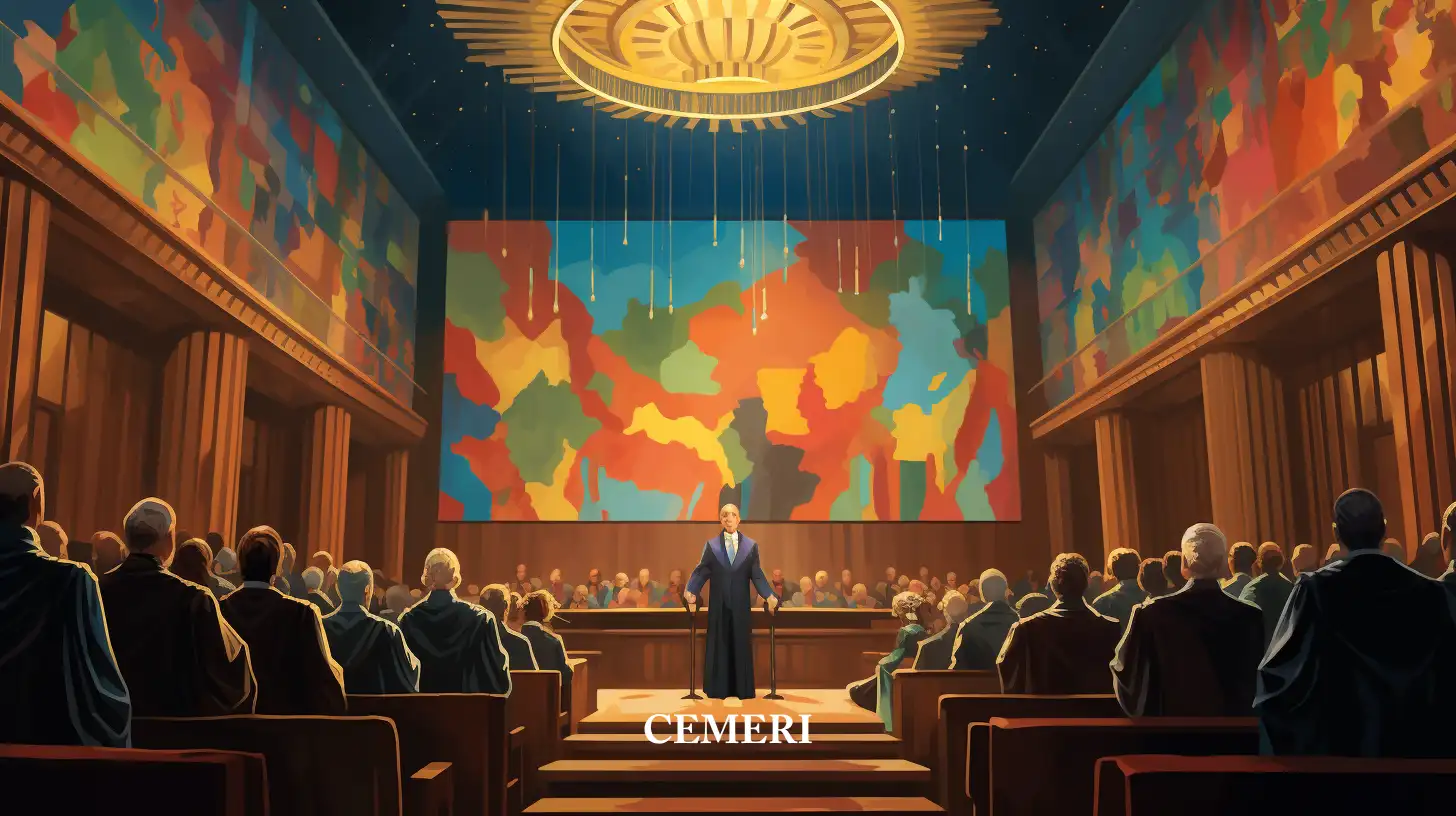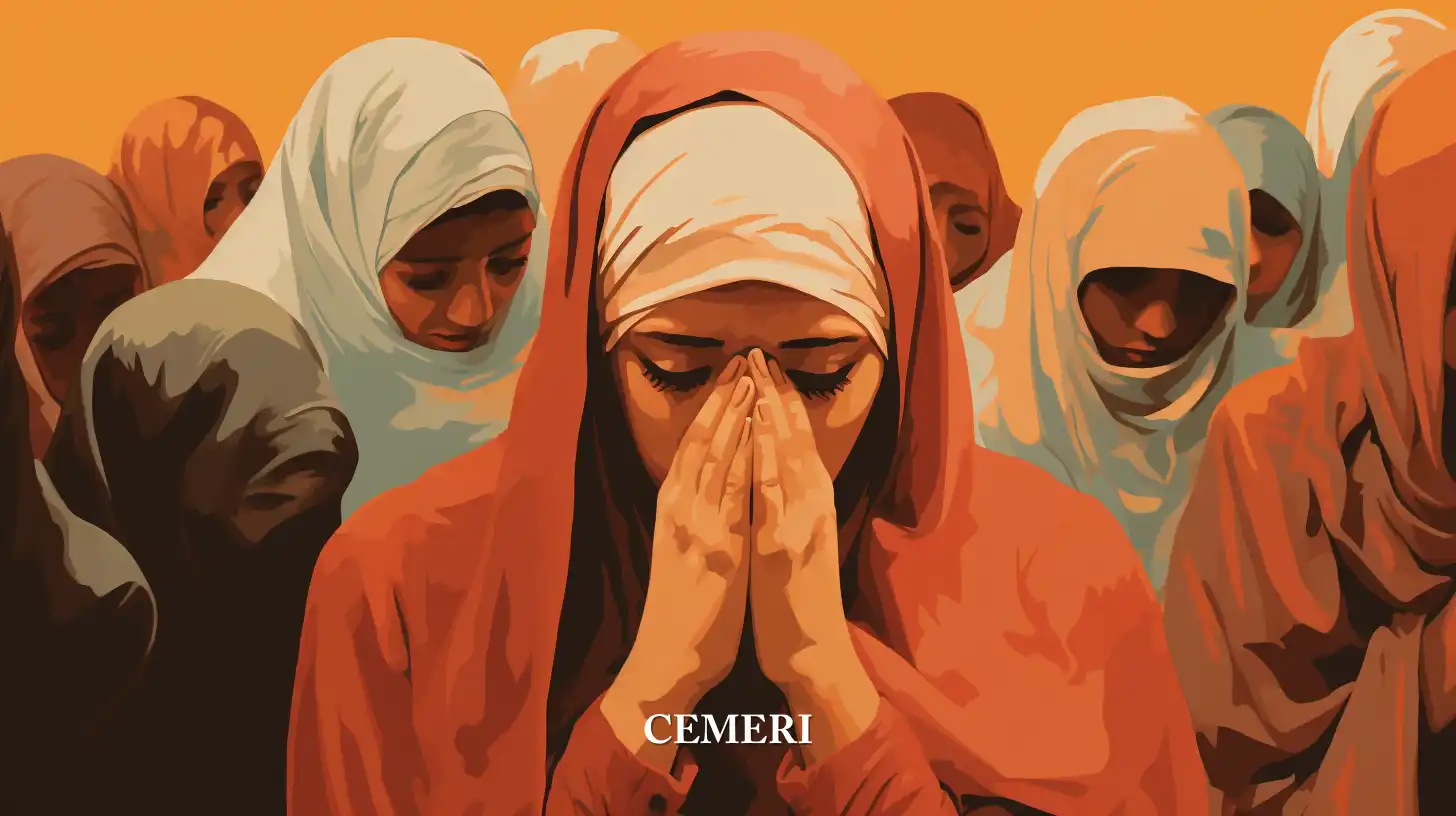Encyclopedia
Renata Venero
What is the International Court of Justice of the United Nations?
- The International Court of Justice is the only universal jurisdiction with general competence governed by a Statute that is an integral part of the Charter of the United Nations.

Currently, procedures such as mediation, negotiation, arbitration, conciliation, among others, used for the maintenance of peace and the settlement of international disputes, are embodied in Article 33 of the United Nations Charter. [1] However, the origin of these procedures dates back centuries.
Throughout the years, certain phenomena occurred that marked the history of the peaceful settlement of disputes. An example of this is the Jay Treaty of 1794, between the United States of America and Great Britain, which stipulated the creation of mixed commissions with the intention of solving various issues on which both nations had not been able to reach an agreement. [2] Undoubtedly, the work of the commissions demonstrated the effectiveness of this method for settling disputes between countries. [3]
From this moment, the States began to consider the idea of creating an International Court, in order to avoid the need to create a special court to decide each dispute that could be submitted to arbitration. Under this logic, certain acceptable and specialized forums were adopted, such as the Permanent Court of Arbitration or the Permanent Court of International Justice. [4]
It was not until 1945, with the creation of the International Court of Justice (ICJ), that the culminating point in the evolution of arbitration methods and the peaceful settlement of international disputes was reached. For this reason, this article aims to delve into the operation of the ICJ, also known as the International Court of Justice.
The ICJ is the principal judicial organ of the United Nations (UN). It was established on June 26, 1945 by the Charter of said organization, in pursuit of one of its main objectives: "to achieve by peaceful means, and in accordance with the principles of justice and international law, the adjustment or settlement of controversies or international situations likely to lead to breaches of peace”. [5]
Starting in 1946, the ICJ succeeded the Permanent Court of International Justice (PCIJ), which had been established in 1920 under the auspices of the League of Nations. [6] Based in the Peace Palace in The Hague, the Netherlands, it is the only one of the six main organs of the United Nations whose headquarters are not in New York. In addition, its official languages are French and English. [7]
It is composed of fifteen magistrates, elected by independent voting by the General Assembly and the UN Security Council, according to their merits and not their nationality. Their mandate is nine years, with the possibility of re-election, and every three years they are renewed for a third, likewise, they cannot dedicate themselves to any other occupation while their mandate lasts. [8]
In addition, in the International Court of Justice there cannot be two magistrates from the same country, therefore, they must be independent and do not represent their respective governments. At the same time, efforts are made to ensure that the main legal systems of the world are represented in the ICJ with the aim of having equity within it.
Currently, the Court is composed of President Joan E. Donoghue (USA), Vice President Kirill Gevorgian (RUS) and fifteen Judges: Peter Tomka (SVN), Ronny Abraham (FRA), Mohamed Bennouna (MAR), Abdulqawi Ahmed Yusuf (SOM), Xue Hanqin (CHN), Julia Sebutinde (UGA), Dalveer Bhandari (IND), Patrick Lipton Robinson (JAM), Nawaf Salam (LBN), Iwasawa Yuji (JPN), Georg Nolte (DEU), Hilary Charlesworth (AU). [9]
Along the same lines, the Court is the only universal jurisdiction with general jurisdiction and governed by a Statute that forms an integral part of the Charter of the United Nations, [10] located in Article 92 of Chapter XIV: "the International Court of Justice will be the principal judicial organ of the United Nations; It will function in accordance with the attached Statute, which is based on that of the Permanent Court of International Justice, and which forms an integral part of this Charter”. [eleven]
For this reason, the Court works based on a Statute that has 70 articles divided into 5 chapters. Whereas, as mentioned in article 30 of the same, a Regulation made up of 109 articles was adopted by the ICJ on April 14, 1978, through which the manner of exercising its operation and, in particular, its rules of procedure. [12]
Likewise, both instruments establish that the ICJ's main function is to resolve legal disputes submitted to it by the States parties in accordance with International Law. It is also responsible for issuing opinions or advisory opinions on legal issues for the UN and its specialized bodies. [13]
In this sense, the sources of Law applied by the Court to carry out its functions are: international conventions and treaties; international custom; The general principles of law; judicial decisions; and the doctrine of the most recognized authors. [14]. Therefore, based on its functions, the ICJ has a double mission carried out through two types of procedure: contentious and advisory.
The first, the contentious, is defined as "the consideration by the International Court of Justice of a legal controversy that has been presented to it by the States". [15] In other words, it is the mechanism used to settle disputes of a legal nature, provided that those involved have accepted the powers and jurisdiction of the Court. [16]
In such a way that the States can express their consent based on a special agreement, or commitment between the parties. The result of the process is the creation of a jurisdictional clause in a treaty where they commit in advance, and in some cases, a unilateral declaration of the States parties to the Court. [17]
In general, in accordance with article 34 of the Statute, only all States parties, which include Members of the United Nations, can resort to the ICJ, as well as be parties in contentious cases. [18] Consequently, the Court may not consider disputes that come from natural or legal persons or international organizations.
In summary, according to the Information Department of the International Court of Justice (2022), the contentious procedure includes
A written phase (exchange between the Parties of written arguments) and an oral phase (hearings during which the agents and advisers present their oral arguments). After the oral phase, the Court meets behind closed doors to deliberate, and later pronounces the judgment in a public hearing. The sentence is final and unappealable. [19]
For its part, the mission or consultative process refers to the rulings or opinions of the same type on legal issues carried out by the Court. In essence, these matters make up around one fifth of the cases that come before the ICJ. In addition, the only ones that can have this procedure are the five organs of the UN and 16 specialized agencies of its system. [twenty]
Since 1946, the Court has issued 28 rulings on a wide variety of issues, among which stand out the cases of
The conformity of the unilateral declaration of independence regarding Kosovo; the legal consequences of the construction of a wall in the occupied Palestinian territory; the admission of States to the UN; the territorial status of Western Sahara and South West Africa (Namibia); the statute of the rapporteurs of human rights; and the legality of the threat or use of nuclear weapons. [twenty-one]
In the same way, in the contentious procedure the ICJ has issued 140 relative sentences with issues on:
Land borders, maritime delimitations, territorial sovereignty, non-recourse to force, violations of International Humanitarian Law, non-interference in the internal affairs of States, diplomatic relations, hostage-taking, the right to asylum, nationality, guardianship, right of passage and economic law. [22]
At the moment, there are 15 matters pending decision, that is, they are in the process of study or deliberation. For example, the recent case between Ukraine and the Russian Federation on the allegations of genocide under the 2022 Convention for the Prevention and Punishment of the Crime of Genocide.
It is worth mentioning that, on the one hand, it is important to recognize the work of the Court and know that what is most characteristic of it is its membership and emanation of the UN Charter. Due to this, it should not be confused with other legal institutions such as the International Criminal Court, which does not belong to the United Nations system, or the Permanent Court of Arbitration, which is independent.
In conclusion, it can be said that the International Court of Justice has meant a great advance in the history of procedures to resolve international disputes. In a certain way, it continues to help maintain peace and balance in the International Community, in accordance with the principles of the organization that gave it life.
Sources
[1] “Carta de las Naciones Unidas, Capítulo VI: Arreglo pacífico de las controversias”. Naciones Unidas, consultado el 20 de julio de 2022, https://www.un.org/es/about-us/un-charter/chapter-6
[2] “Los orígenes”. Corte Internacional de Justicia, Naciones Unidas, consultado el 20 de julio de 2022, https://www.un.org/es/icj/origin.shtml
[3] Naciones Unidas. “La Corte Internacional de Justicia. Preguntas y respuestas acerca del principal órgano judicial de las Naciones Unidas” (Nueva York: Departamento de Información Pública, 2000), p.3 https://www.icj-cij.org/public/files/questions-and-answers-about-the-court/questions-and-answers-about-the-court-es.pdf
[4] Naciones Unidas. “La Corte Internacional de Justicia. Preguntas y respuestas acerca del principal órgano judicial de las Naciones Unidas”.
[5] “Estatuto de la Corte Internacional de Justicia”. Naciones Unidas, consultado el 20 de julio de 2022, https://www.icj-cij.org/public/files/statute-of-the-court/statute-of-the-court-es.pdf
[6] Naciones Unidas. “La Corte Internacional de Justicia. Preguntas y respuestas acerca del principal órgano judicial de las Naciones Unidas”.
[7] “Los orígenes”. Corte Internacional de Justicia, Naciones Unidas, consultado el 20 de julio de 2022, https://www.un.org/es/icj/how.shtml
[8] Mediavilla, Manu. “Corte Internacional de Justicia, el tribunal de la ONU para resolver controversias jurídicas entre Estados”. Amnistía Internacional España, 14 de diciembre de 2017, https://www.es.amnesty.org/en-que-estamos/blog/historia/articulo/corte-internacional-de-justicia-el-tribunal-de-la-onu-para-resolver-controversias-juridicas-entre/
[9] International Court of Justice. “La Corte Internacional de Justicia”. (La Haya: Corte Internacional de Justicia, 2022), p.5 https://www.icj-cij.org/public/files/the-court-at-a-glance/the-court-at-a-glance-es.pdf
[10] “Corte Internacional de Justicia”. Secretaria de Relaciones Exteriores. Gobierno de México, 4 de septiembre de 2019, https://mision.sre.gob.mx/onu/index.php/ldi/corte-internacional-de-justicia
[11] “Carta de las Naciones Unidas, Capítulo XIV: La Corte Internacional de Justicia”. Naciones Unidas, consultado el 20 de julio de 2022, https://www.un.org/es/about-us/un-charter/chapter-14
[12] “Estatuto de la Corte Internacional de Justicia”. Naciones Unidas.
[13] International Court of Justice. “La Corte Internacional de Justicia”, p.2.
[14] International Court of Justice. “La Corte Internacional de Justicia”.
[15] Naciones Unidas. “La Corte Internacional de Justicia. Preguntas y respuestas acerca del principal órgano judicial de las Naciones Unidas”. p.26.
[16] “Funcionamiento de la Corte”. Corte Internacional de Justicia, Naciones Unidas, consultado el 21 de julio de 2022, https://www.un.org/es/icj/how.shtml
[17] Naciones Unidas. “La Corte Internacional de Justicia. Preguntas y respuestas acerca del principal órgano judicial de las Naciones Unidas”. p.27.
[18] Naciones Unidas. “La Corte Internacional de Justicia. Preguntas y respuestas acerca del principal órgano judicial de las Naciones Unidas”. p.25-26.
[19] International Court of Justice. “La Corte Internacional de Justicia”, p.2.
[20] Naciones Unidas. “La Corte Internacional de Justicia. Preguntas y respuestas acerca del principal órgano judicial de las Naciones Unidas”. p.42.
[21] International Court of Justice. “La Corte Internacional de Justicia”, p.4.
[22] International Court of Justice. “La Corte Internacional de Justicia”.

